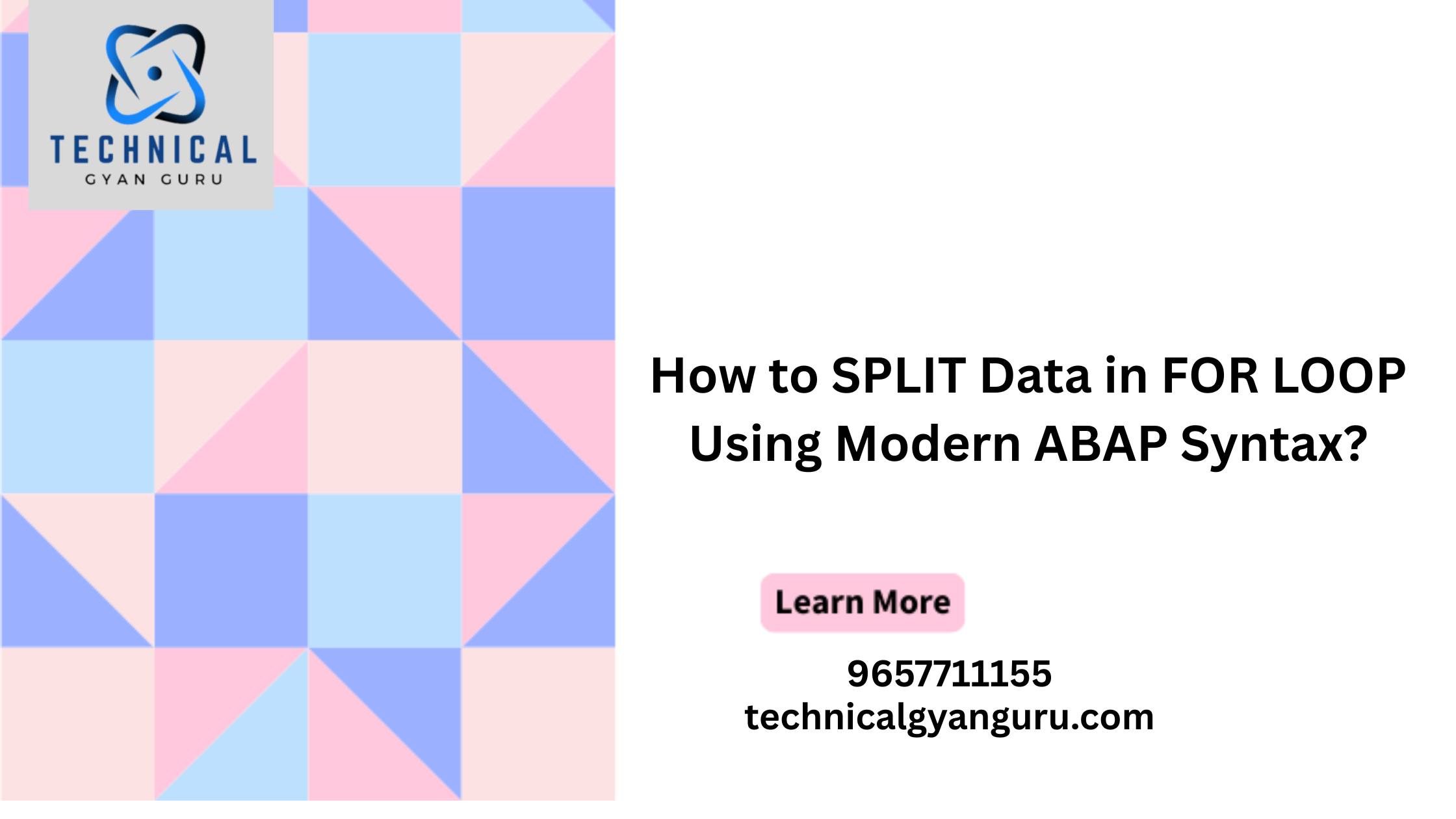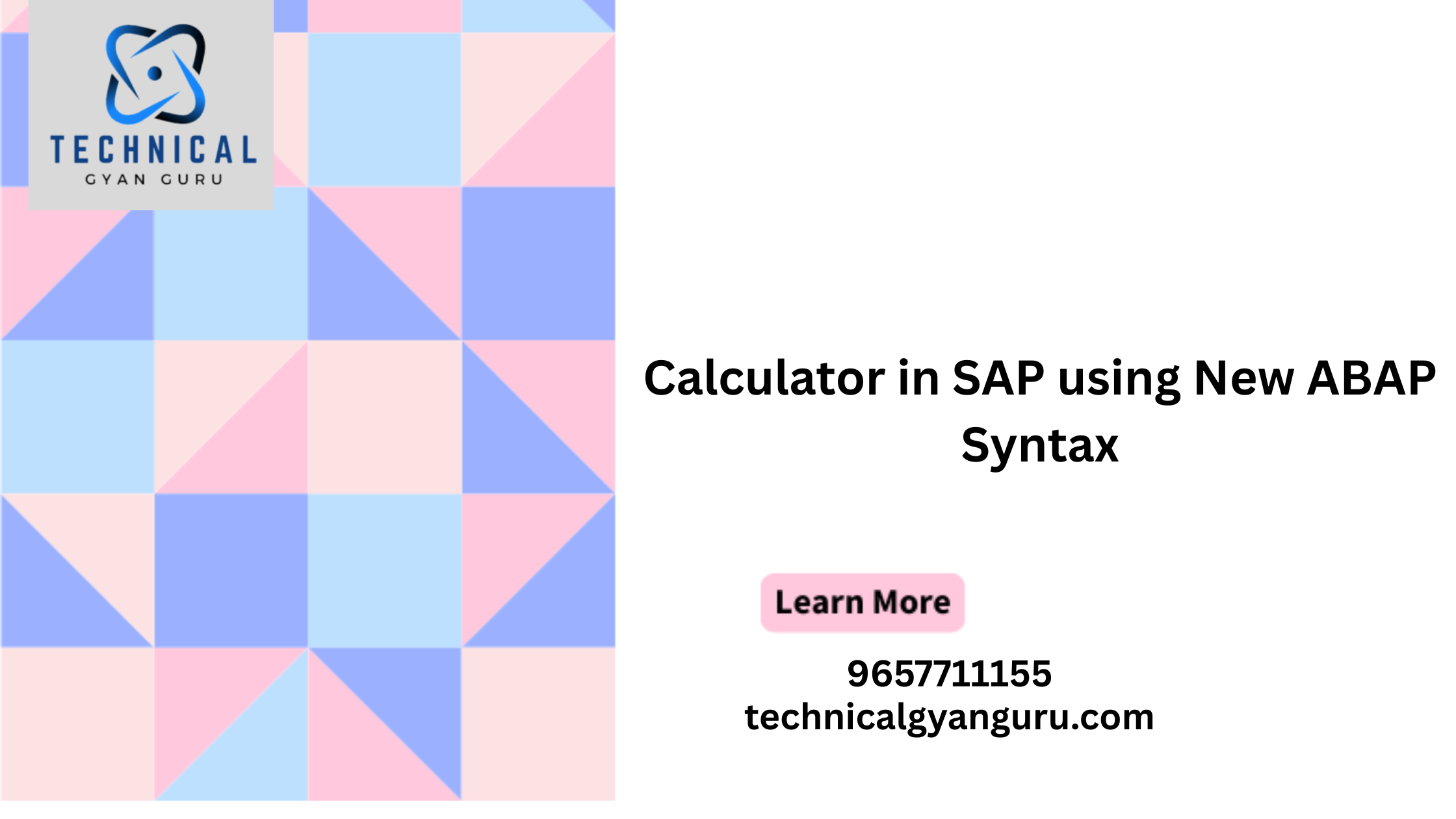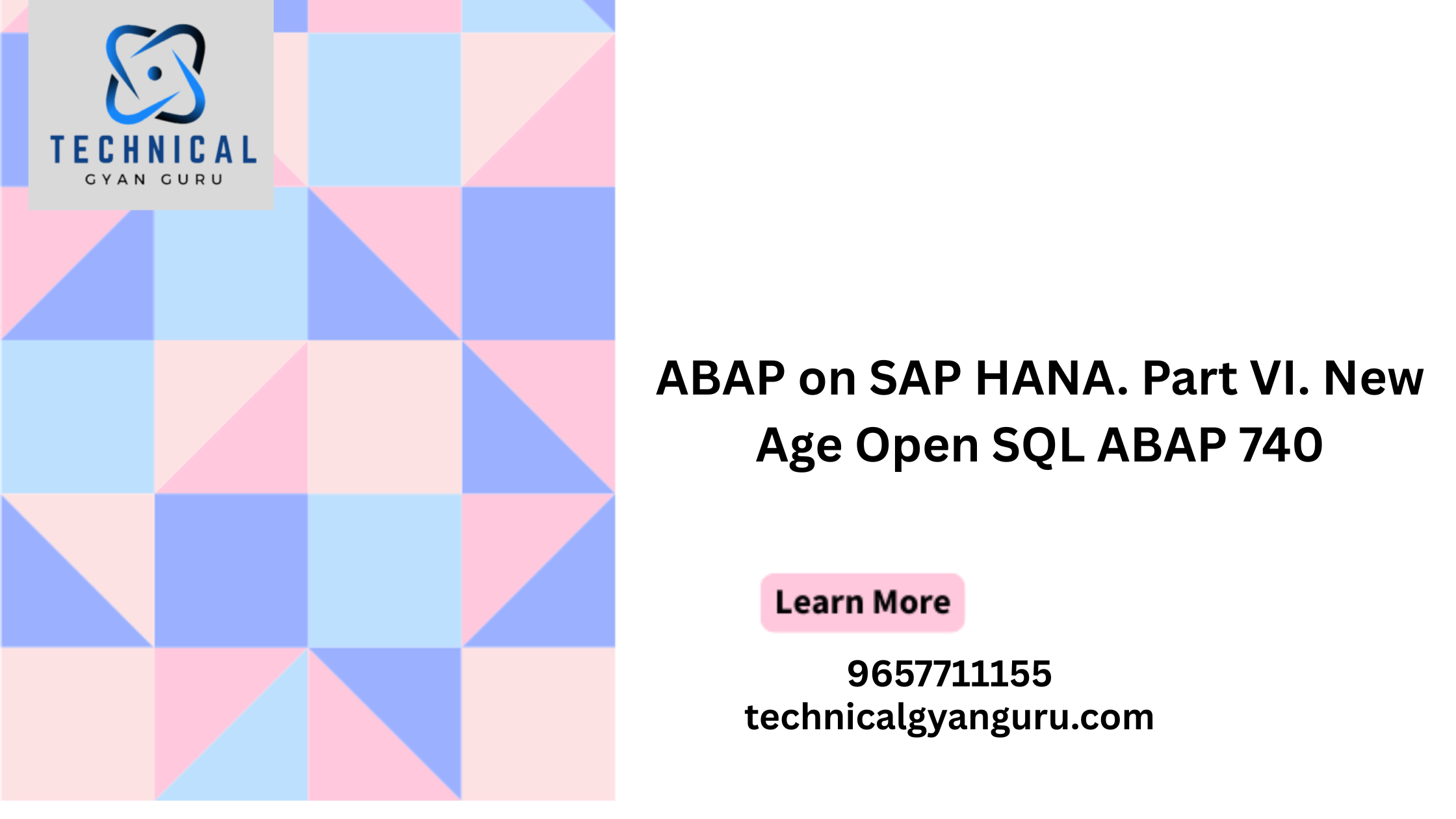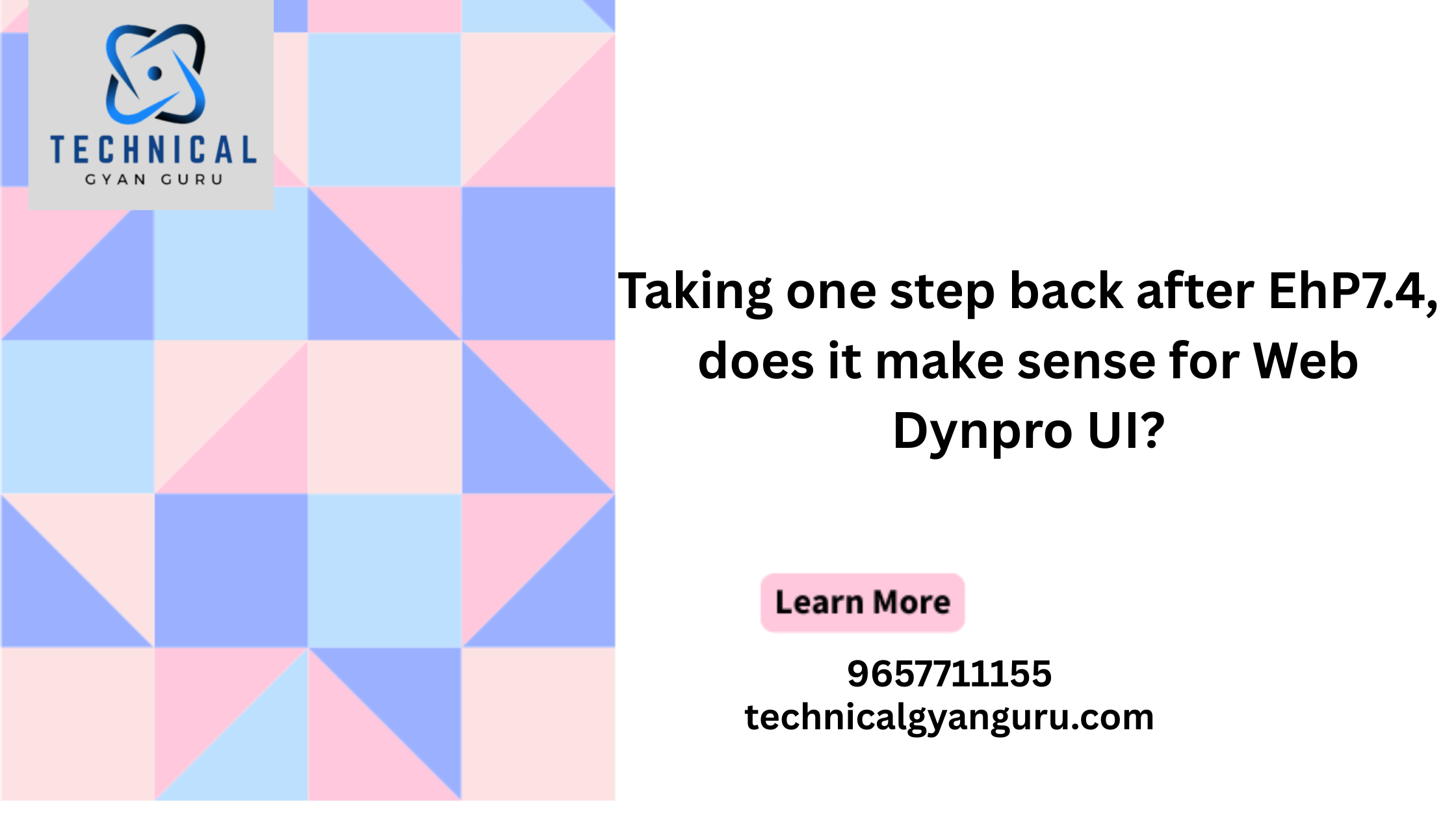
In the ever-evolving landscape of data exchange and connectivity, the role of technology is continually reshaped by emerging trends. OData, the Open Data Protocol, stands at the forefront of standardized data exchange, and its future promises exciting advancements that will revolutionize the way we interact with data. In this blog, we explore the future trends of OData, shedding light on how they will shape data communication, integration, and innovation.
1. Enhanced IoT Integration
As the Internet of Things (IoT) continues to expand, OData will play a pivotal role in ensuring seamless integration and data exchange between IoT devices and platforms. OData’s standardized protocol will simplify the interaction between diverse IoT sensors, gateways, and cloud services, enabling real-time data streaming, analysis, and automation.
2. AI and Machine Learning Integration
The fusion of OData with artificial intelligence (AI) and machine learning (ML) will lead to smarter data-driven applications. OData’s ability to provide structured data will complement AI/ML algorithms, allowing businesses to leverage insights from a wide range of sources for predictive analytics, pattern recognition, and data-driven decision-making.
3. Graph Data and Knowledge Graphs
The future of OData will likely involve embracing graph data and knowledge graphs. These technologies offer a way to represent complex relationships between data entities. OData could evolve to support graph-based querying and navigation, enhancing its capabilities for handling interconnected and semantically rich data.
4. Quantum Computing Integration
As quantum computing evolves, OData could adapt to leverage its unique computational power. Quantum computing’s ability to process complex calculations could impact OData’s data analysis and querying capabilities, opening new doors for processing large datasets in novel ways.
5. Blockchain and Decentralized Data Exchange
With the rise of blockchain and decentralized technologies, OData might evolve to support secure and transparent data exchange in distributed environments. This could enable tamper-proof data sharing and audit trails, making OData even more attractive for applications that require trust and transparency.
6. Multi-Model Support
OData might evolve to support multiple data models, including document-based, key-value, and graph data models. This would offer developers more flexibility in choosing the most appropriate data model for their applications while still benefiting from OData’s standardized protocol.
7. Performance Optimization and Caching
Future iterations of OData could focus on enhancing performance through advanced caching mechanisms, query optimization techniques, and data compression. These optimizations would ensure that OData remains efficient and responsive even as data volumes increase.
8. Cloud-Native Integration
As cloud-native architectures become more prevalent, OData may evolve to seamlessly integrate with containerization, microservices, and serverless computing models. This would make it easier to build scalable and flexible applications that leverage OData’s capabilities.
9. Enhanced Security and Privacy Features
With the growing emphasis on data security and privacy, OData could introduce enhanced security features, such as built-in encryption, fine-grained access control, and support for compliance with data protection regulations.
10. Standardization of New Data Formats
As new data formats and serialization technologies emerge, OData may evolve to support these formats, ensuring that it remains adaptable to the changing data landscape.
Conclusion
The future of OData is undoubtedly promising, as it embraces trends that amplify its capabilities and impact across various industries. As technologies evolve and businesses strive for more efficient and intelligent data exchange, OData will continue to play a crucial role in driving innovation, connectivity, and the seamless flow of information. By embracing these trends, OData remains poised to reshape the data exchange landscape and fuel the next wave of digital transformation.








